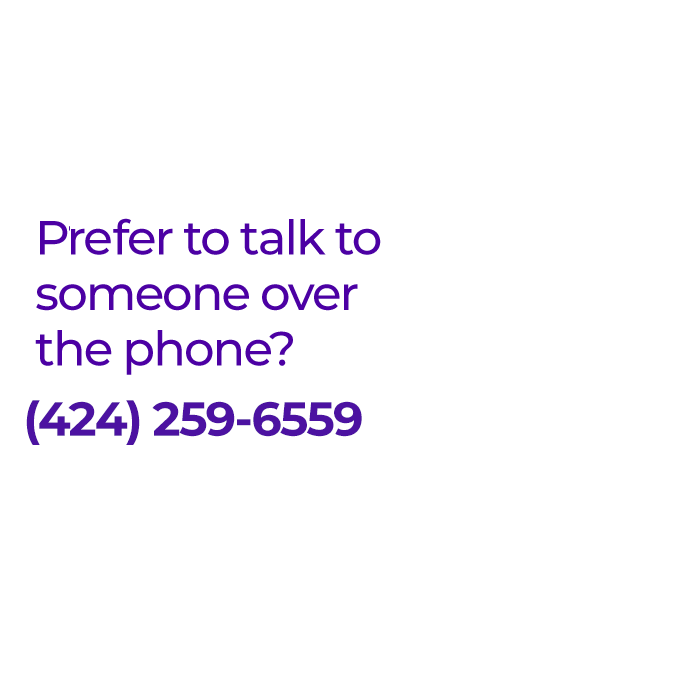Maxillomandibular advancement is recommended as an effective treatment option for obstructive sleep apnea, with the best candidates typically younger and with lower body mass index. On average, about 80-85% of individuals who undergo this procedure achieve a marked improvement in their sleep apnea and do not need to use other therapies like positive airway pressure (for example, CPAP). Because the results are not perfect, many patients may still have obstructive sleep apnea even after healing from maxillomandibular advancement. Because drug-induced sleep endoscopy can evaluate the physical causes of obstructive sleep apnea, I often use it in patients who have not fully responded to previous surgery if I am considering additional treatment.
Over the years, I have seen a number of patients who have not responded fully to maxillomandibular advancement, often in addition to other surgeries. I recently published an article in the medical journal Otolaryngology – Head and Neck Surgery about drug-induced sleep endoscopy findings in this group of patients. The research study was performed to understand more clearly why these patients tend to have persistent obstructive sleep apnea and what might be done to treat them. The key findings of this study were as follows:
- Most (18/24) had the tongue playing a role in airway obstruction during drug-induced sleep endoscopy. A substantial group (8/24) had the epiglottis contributing to airway obstruction. These findings suggest that maxillomandibular advancement may not fully address the tongue or epiglottis and that further treatment could be indicated.
- Obstruction related to the sides of the throat (oropharyngeal lateral walls) and soft palate (velum) were less common in this group and also were less likely to be contributing to obstructive sleep apnea than in a separate large (n=810) group of study participants who underwent drug-induced sleep endoscopy before any surgery. These results suggests that maxillomandibular advancement may address obstruction related to those two structures relatively well.
There are a number of limitations to this study, including that there were no data on outcomes of additional treatment in the paper. I wrote the paper focusing on drug-induced sleep endoscopy results only because I did not have enough study participants to evaluate outcomes. However, funnily enough, since I submitted the manuscript I have seen quite a few patients who would have been included in the study. The good news is that I may soon have sufficient data to examine the results of additional treatment in another research paper.




44 + = 51